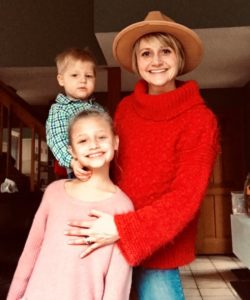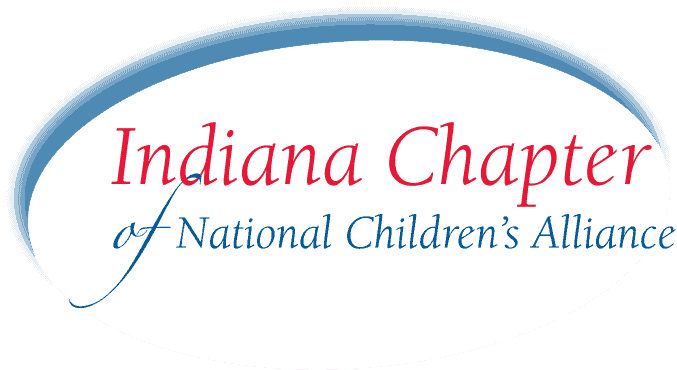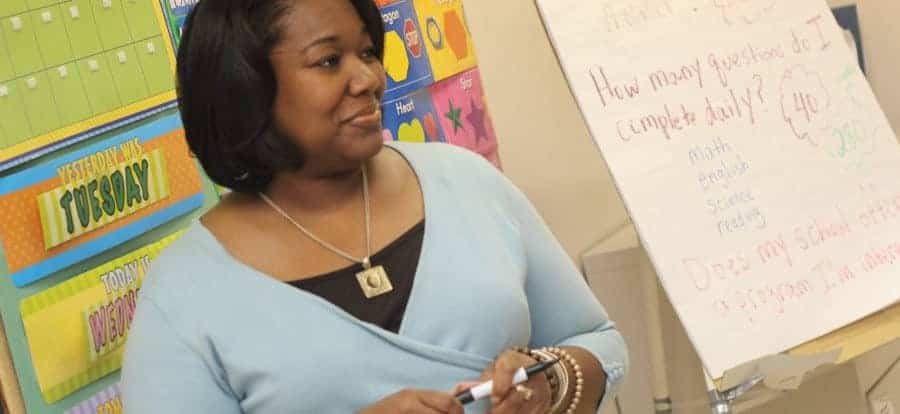Study details disheartening downsides but shows crucial value in child abuse education

The University of Evansville and Holly’s House CAC have collaborated on a new study detailing the influence of child abuse prevention education in K-5 classrooms. The report, titled, “Disclosure mediates program effect on substantiation” shines a new light on the effects of prevention and body safety programs, their efficacy, and the role laws like Indiana’s Senate Bill 355 play in classrooms.
Molly Elfreich of Holly’s House and graduate students at the University of Evansville under the instruction of Dr. Maggie Stevenson collaborated on the project to pool data on just over 300 children in 2015-2018 who disclosed abuse and whether or not they were taught prevention programming in elementary school. “I wanted to see what kinds of disclosure rates were in our nine-county area,” says Elfreich. “Based on demographics, age, race, sex, and relationship to the perpetrator.”
The key findings include:
- Children exposed to the Think First, Stay Safe program were more likely to disclose abuse during the forensic interview
- Children exposed to the program were not significantly more likely to disclose abuse right away, however. The rate of disclosure is not affected by the prevention education.
- Overcoming the fear and relationship to perpetrators is still a significant barrier to disclosure for children
- Teens and children were included in the sample, but the prevention programs were taught while youth were in grades K-5.
The first of its kind research into the efficacy of prevention and body safety programs on abuse disclosures focused on Think First, Stay Safe, a program designed to be taught one hour a day for five days each year of a child’s elementary school career. The research-based curriculum is available for any provider to use. Holly’s House CAC provides prevention training in Evansville-area schools.
“It was a bit disheartening,” says Elfreich. “But reaffirmed what I thought. Even though the children receive the program and receive the information, the dynamics of abuse is still trumping disclosure time. But it also shows how strong those relationships to those offenders are and how much of a hold they have on a child for them to be able to disclose.”
However, Elfreich notes, “The kids who did receive and did disclose had more detailed stories and were more likely to be substantiated.” In other words, “Their outcry was more definitive. Once they did make the decision to disclose abuse it made the disclosure more likely to be followed through.”
In 2017, Indiana began mandating all Indiana children regardless of school type to receive age-appropriate child abuse prevention education. This research indicates the value of that education. It helps bring justice, even if it doesn’t immediately prompt children to come forward with an allegation.

As Elfreich says, issues with the programs may come down to quality and purpose from schools and educators. “We think programs are very much restricted as to what we can say.” For instance, Elfreich cites phrases like “special area” and “bathing suit zone” as metaphors for more specific, scientific and medical terms like “vagina”, or “pubic area”. “The kids know the words. We talk a lot about the language used online in these programs. Our fear is schools will show a video and check a box to comply with SB 355. That’s not how to do this. It needs to be thoughtful,” she says.
The stakes are high in teaching abuse prevention. It must make kids feel safe, informed, and aware of risks that aren’t always easy for children to recognize. And it’s clear from the study when children do disclose abuse prosecutors, law enforcement, and the court system work better when children are better informed and specific about what happened during their abuse. Something that can’t happen if children are referring to areas as “bathing suit zones”. There is a legal difference between touching a thigh or a waist and fondling a penis or penetrating a person’s body. “We’re teaching kids about how people could groom or manipulate them into abuse. We’re teaching them to trust their instincts and find safe and trusted adults,” says Elfreich. But we’re not teaching them specifics about their bodies.
Most schools inform parents that their child will take part in a prevention program. But many still get spooked by a culture that suppresses saying medical words. “We often can’t tell children their genitals are a body part just like your elbow. There’s such a cultural pushback within schools about going further than “bathing suit zone”. We need to be specific for kids and the legal and law enforcement system to understand. Especially since many schools are cutting or eliminating health classes. Elfreich questions, “Why not let someone who is trained and has the research to tell kids about important parts of their bodies?”
Editor’s note: This story was published when a copy of the research paper was embargoed. This post has been updated to reflect its publication. Molly Elfreich and University of Evansville graduate students Crystal Sisson, Alexandria Winstead, and Katelyn Parmenter contributed to this research. You can download a copy of the published manuscript at UofE’s website.

